The alliance means that core voters of SP's (Yadav, 9%) and BSP's (Jatav and Chamar, 12%) will come together to repeat the 1993 experiment when they stopped the BJP march at the peak of Ayodhya movement.
While threat of political annihilation may have compelled 'bua-bhatija' (aunt-nephew) duo of BSP president Mayawati and SP chief Akhilesh Yadav to come together to combat the BJP in the Lok Sabha elections, the politically significant move has also virtually sounded an endgame for the Grand Old Congress in Uttar Pradesh as well.
Analysts believe the change in leadership of SP, where brothers Mulayam Singh Yadav and Shivpal Yadav were pushed to margins by new chief Akhilesh and the result of byelections of Gorakhpur and Phulpur Lok Sabha seats actually led Mayawati to join hands to arrest the march of BJP's juggernaut. "This alliance was founded in my heart when the BJP conspired and defeated BSP candidate Bhim Rao Ambedkar in RS biennial polls. I had said that if I had to take two steps backwards for the alliance, I will do it," said Akhilesh, thanking Mayawati, while announcing the alliance.
Most of the delegates from UP who had come to attend the BJP's National Convention here at the Ramlila Maidan did agree that their job has now become tougher and they need to revisit their drawing board. The BJP had won maximum seats in the state in the 2014 LS polls. It was also evident in PM Modi's speech as well, who targeted the alliance. "We want a strong government... there is a failed experiment taking place... which is known as the grand alliance. They have all come together to make a helpless government," Modi said. In 2014 elections, the BJP under Modi wave swept polls by securing 42.63% vote share. While SP and BSP contested separately, their vote share adds up to 42.12%. To counter this consolidation, BJP sources say, they are now aiming to secure a 50% vote share in 2019. That means to maintain the 2014 vote share that it owed largely to Modi wave and the failure of UPA government on various fronts at the Centre and a large disillusionment towards SP government. And also to add up an extra 7% to 2014 vote share, poses challenges to party's master strategist and president Amit Shah.
The alliance means that core voters of SP's (Yadav, 9%) and BSP's (Jatav and Chamar, 12%) will come together to repeat the 1993 experiment when they stopped the BJP march at the peak of Ayodhya movement. To counter this, insiders in the BJP said, they were now banking on the support from non-Yadav OBCs (around 36%) and non-Jatav scheduled castes (around 9%) and upper castes (around 20%). They are also banking on the premise that Yadavs and Jatavs on the ground don't see eye to eye. Over past 24 years, since the SP and the BSP parted ways, they have been fierce opponents. But the alliance could clear the dilemma of Muslim voters, which form 19.3% of the electorate and used to get divided between secular parties.
The SP leaders, who played role in stitching alliance, told DNA that Congress has been kept out deliberately as part of strategy. They believe while the alliance will consolidate the Dalit-backward caste-Muslim votes, the Congress by contesting on its own on all seats will eat into the BJP's upper case votes and Brahmin votes. Historically, upper castes and Banias have supported the BJP. But with a host of factors leading to their disillusionment, they are supposed to favour the Congress rather the SP-BSP combine. Whether it is true that two UP parties have come together out of political compulsion, it once again proves that there are no permanent friends or foes in politics.
Uttar Pradesh Caste Equations
The SP-BSP alliance means core voters of SP’s (Yadav, 9%) and BSP’s (Jatav and Chamar, 12%) will come together to repeat the 1993 experiment when they stopped the BJP march at the peak of Ayodhya movement. To counter this, the BJP is now banking on the support from non-Yadav OBCs (36%) and non-Jatav SCs (9%) and upper castes (20%)
![submenu-img]() Meet actress who is set to work in India's most expensive film, started career with superhit TV show, then gave..
Meet actress who is set to work in India's most expensive film, started career with superhit TV show, then gave..![submenu-img]() Hansal Mehta reacts to Sahara Group calling his series Scam 2010 The Subrata Roy Saga 'abusive act, cheap publicity'
Hansal Mehta reacts to Sahara Group calling his series Scam 2010 The Subrata Roy Saga 'abusive act, cheap publicity'![submenu-img]() Meet actor, who was once Aamir, Shah Rukh's rival, never became superstar, worked as hotel manager, is now...
Meet actor, who was once Aamir, Shah Rukh's rival, never became superstar, worked as hotel manager, is now...![submenu-img]() 9 killed, 24 injured as bus catches fire in Haryana's Nuh
9 killed, 24 injured as bus catches fire in Haryana's Nuh![submenu-img]() Meet actress who started career with Ranveer, Deepika, is married to man with Rs 53,800 crore net worth, husband is..
Meet actress who started career with Ranveer, Deepika, is married to man with Rs 53,800 crore net worth, husband is..![submenu-img]() Meet IIT graduates, three friends who were featured in Forbes 30 Under 30 Asia list, built AI startup, now…
Meet IIT graduates, three friends who were featured in Forbes 30 Under 30 Asia list, built AI startup, now…![submenu-img]() Meet woman who cracked UPSC in fourth attempt to become IAS officer, secured AIR...
Meet woman who cracked UPSC in fourth attempt to become IAS officer, secured AIR...![submenu-img]() Meet IIT JEE 2024 all-India girls topper who scored 100 percentile; her rank is…
Meet IIT JEE 2024 all-India girls topper who scored 100 percentile; her rank is…![submenu-img]() Meet PhD wife of IIT graduate hired at Rs 100 crore salary package, was fired within a year, he is now…
Meet PhD wife of IIT graduate hired at Rs 100 crore salary package, was fired within a year, he is now…![submenu-img]() Meet woman not from IIT, IIM or NIT, cracked UPSC exam in first attempt with AIR...
Meet woman not from IIT, IIM or NIT, cracked UPSC exam in first attempt with AIR...![submenu-img]() DNA Verified: Is CAA an anti-Muslim law? Centre terms news report as 'misleading'
DNA Verified: Is CAA an anti-Muslim law? Centre terms news report as 'misleading'![submenu-img]() DNA Verified: Lok Sabha Elections 2024 to be held on April 19? Know truth behind viral message
DNA Verified: Lok Sabha Elections 2024 to be held on April 19? Know truth behind viral message![submenu-img]() DNA Verified: Modi govt giving students free laptops under 'One Student One Laptop' scheme? Know truth here
DNA Verified: Modi govt giving students free laptops under 'One Student One Laptop' scheme? Know truth here![submenu-img]() DNA Verified: Shah Rukh Khan denies reports of his role in release of India's naval officers from Qatar
DNA Verified: Shah Rukh Khan denies reports of his role in release of India's naval officers from Qatar![submenu-img]() DNA Verified: Is govt providing Rs 1.6 lakh benefit to girls under PM Ladli Laxmi Yojana? Know truth
DNA Verified: Is govt providing Rs 1.6 lakh benefit to girls under PM Ladli Laxmi Yojana? Know truth![submenu-img]() Sunanda Sharma exudes royalty as she debuts at Cannes Film Festival in anarkali, calls it ‘Punjabi community's victory’
Sunanda Sharma exudes royalty as she debuts at Cannes Film Festival in anarkali, calls it ‘Punjabi community's victory’![submenu-img]() Aishwarya Rai walks Cannes red carpet in bizarre gown made of confetti, fans say 'is this the Met Gala'
Aishwarya Rai walks Cannes red carpet in bizarre gown made of confetti, fans say 'is this the Met Gala'![submenu-img]() In pics: Sobhita Dhulipala looks 'stunning hot' in plum cordelia jumpsuit at Cannes Film Festival, fans call her 'queen'
In pics: Sobhita Dhulipala looks 'stunning hot' in plum cordelia jumpsuit at Cannes Film Festival, fans call her 'queen'![submenu-img]() Udaariyaan takes 15-year leap, these actors join Sargun Mehta, Ravi Dubey-produced show
Udaariyaan takes 15-year leap, these actors join Sargun Mehta, Ravi Dubey-produced show![submenu-img]() In pics: Urvashi Rautela sizzles in red strapless gown at Cannes Film Festival, fans call her 'Disney princess'
In pics: Urvashi Rautela sizzles in red strapless gown at Cannes Film Festival, fans call her 'Disney princess'![submenu-img]() Haryana Political Crisis: Will 3 independent MLAs support withdrawal impact the present Nayab Saini led-BJP government?
Haryana Political Crisis: Will 3 independent MLAs support withdrawal impact the present Nayab Saini led-BJP government?![submenu-img]() DNA Explainer: Why Harvey Weinstein's rape conviction was overturned, will beleaguered Hollywood mogul get out of jail?
DNA Explainer: Why Harvey Weinstein's rape conviction was overturned, will beleaguered Hollywood mogul get out of jail?![submenu-img]() What is inheritance tax?
What is inheritance tax?![submenu-img]() DNA Explainer: What is cloud seeding which is blamed for wreaking havoc in Dubai?
DNA Explainer: What is cloud seeding which is blamed for wreaking havoc in Dubai?![submenu-img]() DNA Explainer: What is Israel's Arrow-3 defence system used to intercept Iran's missile attack?
DNA Explainer: What is Israel's Arrow-3 defence system used to intercept Iran's missile attack?![submenu-img]() Meet actress who is set to work in India's most expensive film, started career with superhit TV show, then gave..
Meet actress who is set to work in India's most expensive film, started career with superhit TV show, then gave..![submenu-img]() Hansal Mehta reacts to Sahara Group calling his series Scam 2010 The Subrata Roy Saga 'abusive act, cheap publicity'
Hansal Mehta reacts to Sahara Group calling his series Scam 2010 The Subrata Roy Saga 'abusive act, cheap publicity'![submenu-img]() Meet actor, who was once Aamir, Shah Rukh's rival, never became superstar, worked as hotel manager, is now...
Meet actor, who was once Aamir, Shah Rukh's rival, never became superstar, worked as hotel manager, is now...![submenu-img]() Meet actress who started career with Ranveer, Deepika, is married to man with Rs 53,800 crore net worth, husband is..
Meet actress who started career with Ranveer, Deepika, is married to man with Rs 53,800 crore net worth, husband is..![submenu-img]() This film's budget was less than an iPhone, smashed box office records; became first industry hit, earned...
This film's budget was less than an iPhone, smashed box office records; became first industry hit, earned... ![submenu-img]() Do you know which God Parsis worship? Find out here
Do you know which God Parsis worship? Find out here![submenu-img]() This white marble structure in Agra, competing with Taj Mahal, took 104 years to complete
This white marble structure in Agra, competing with Taj Mahal, took 104 years to complete![submenu-img]() 'If only we are smart enough...': Narayana Murthy was asked how AI will hurt job prospects
'If only we are smart enough...': Narayana Murthy was asked how AI will hurt job prospects![submenu-img]() Viral video: Gujarat man converts Honda Civic into 'Lamborghini' for just Rs 12.5 lakh, watch
Viral video: Gujarat man converts Honda Civic into 'Lamborghini' for just Rs 12.5 lakh, watch![submenu-img]() Man who disappeared 26 years ago found in neighbour`s cellar, just 100 metres from home
Man who disappeared 26 years ago found in neighbour`s cellar, just 100 metres from home
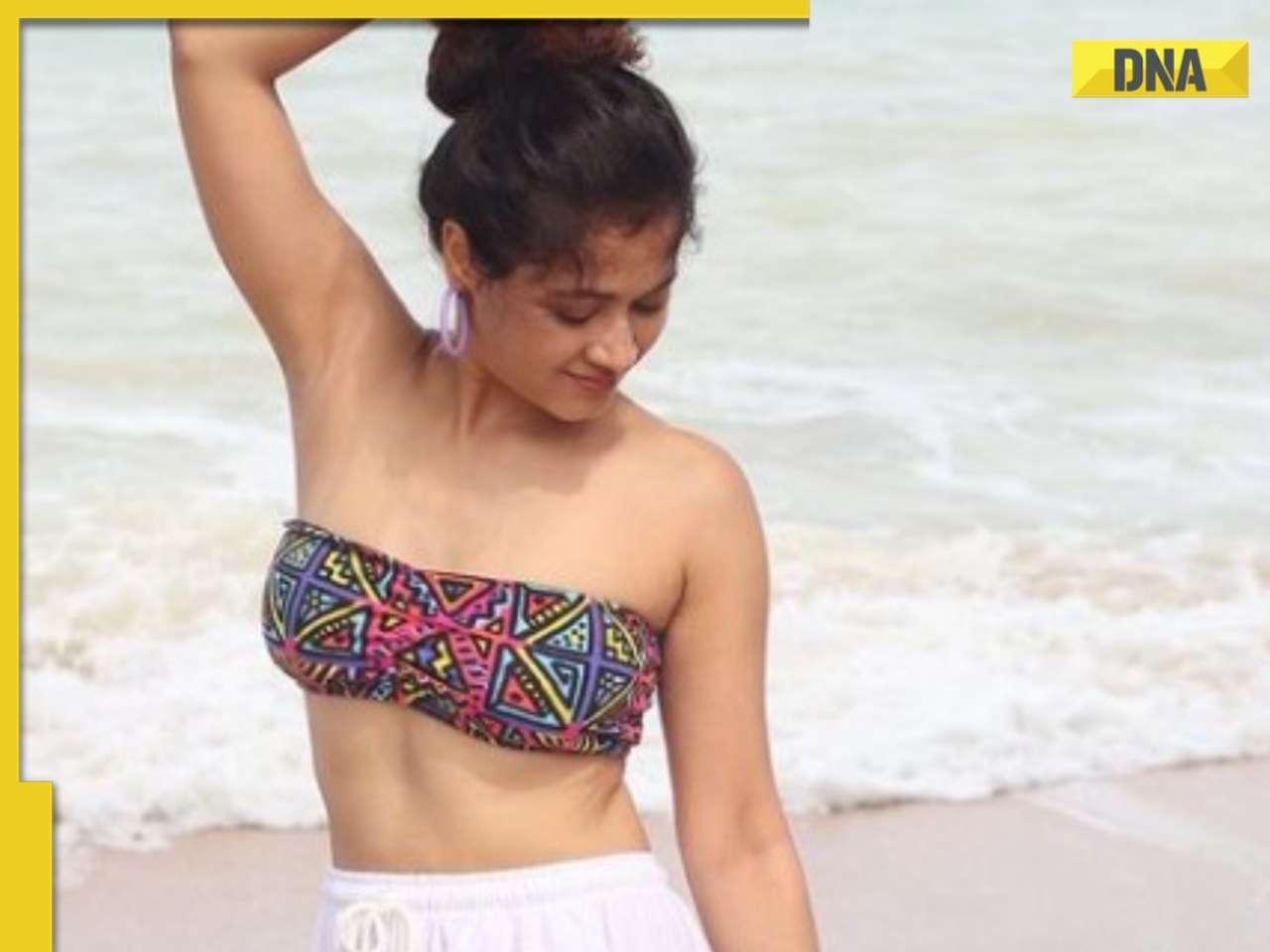
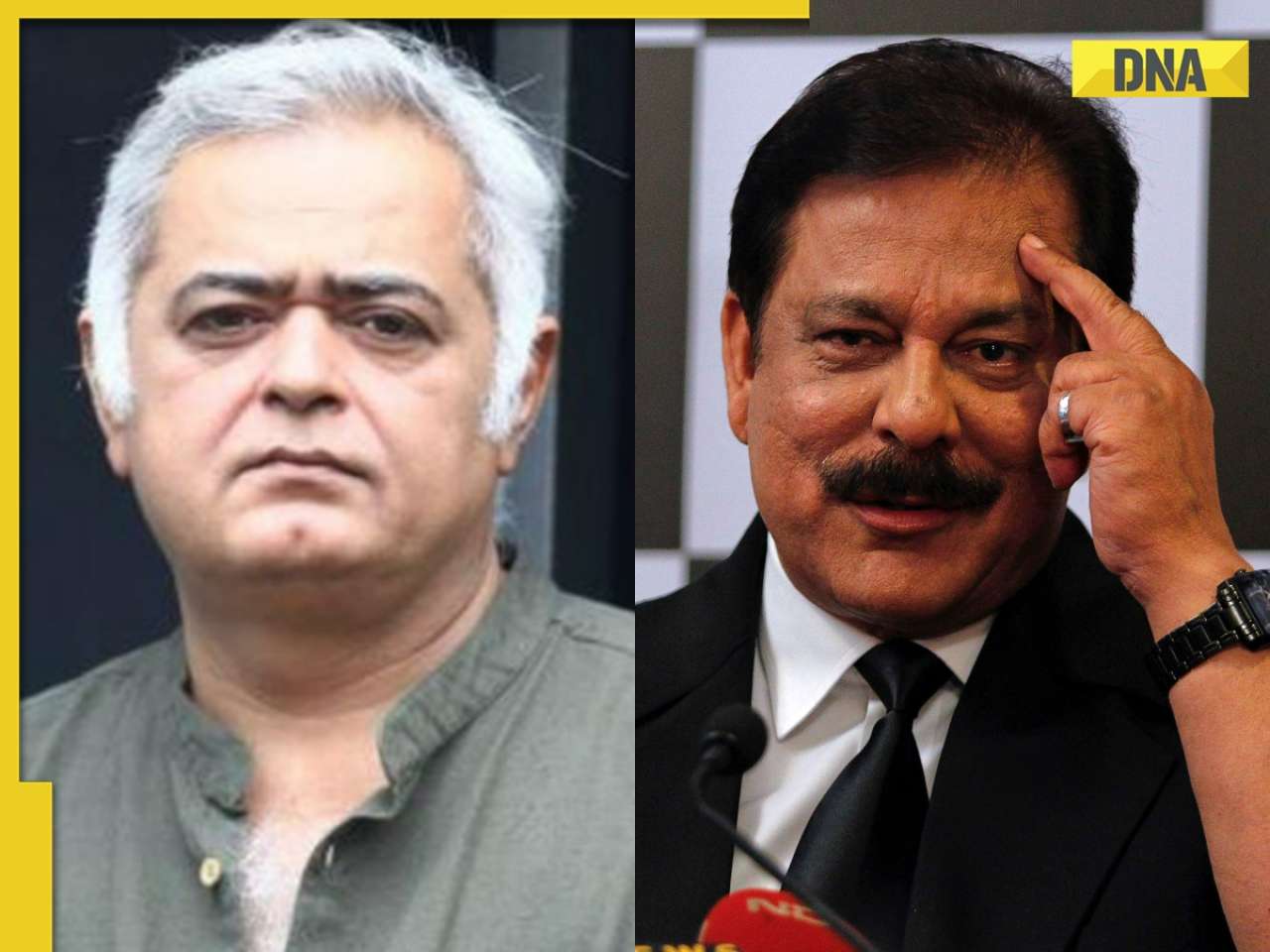




























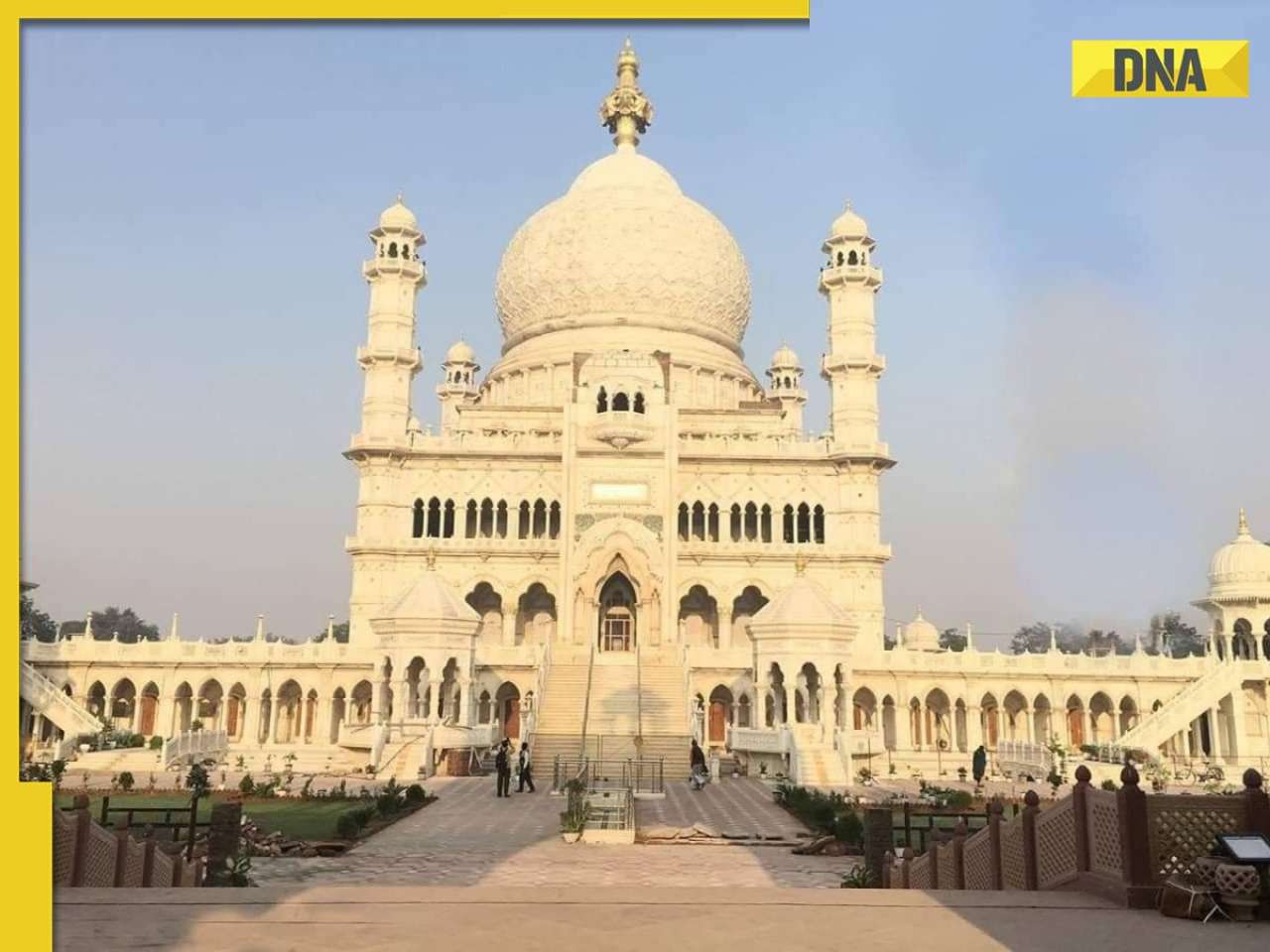
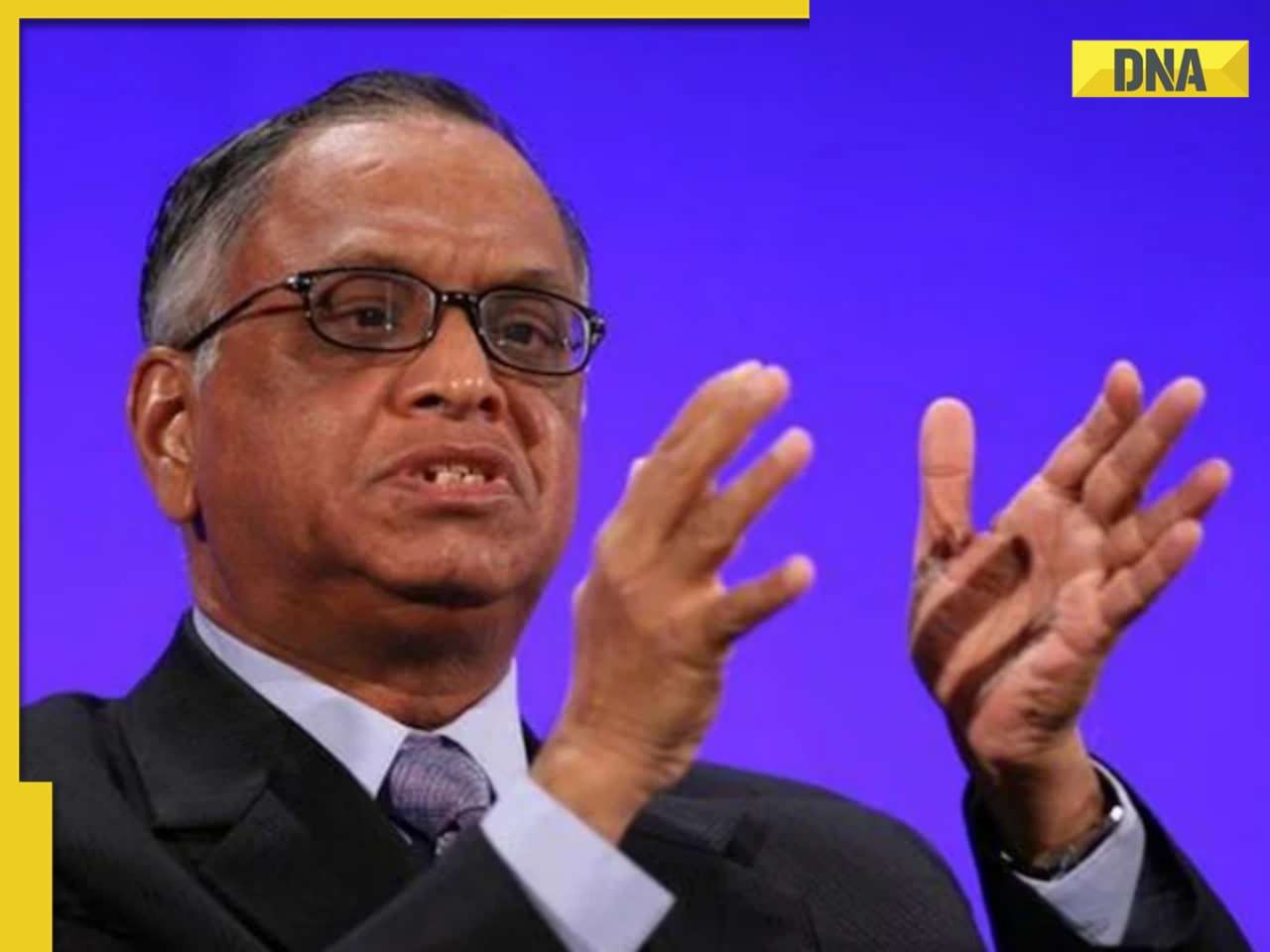



)
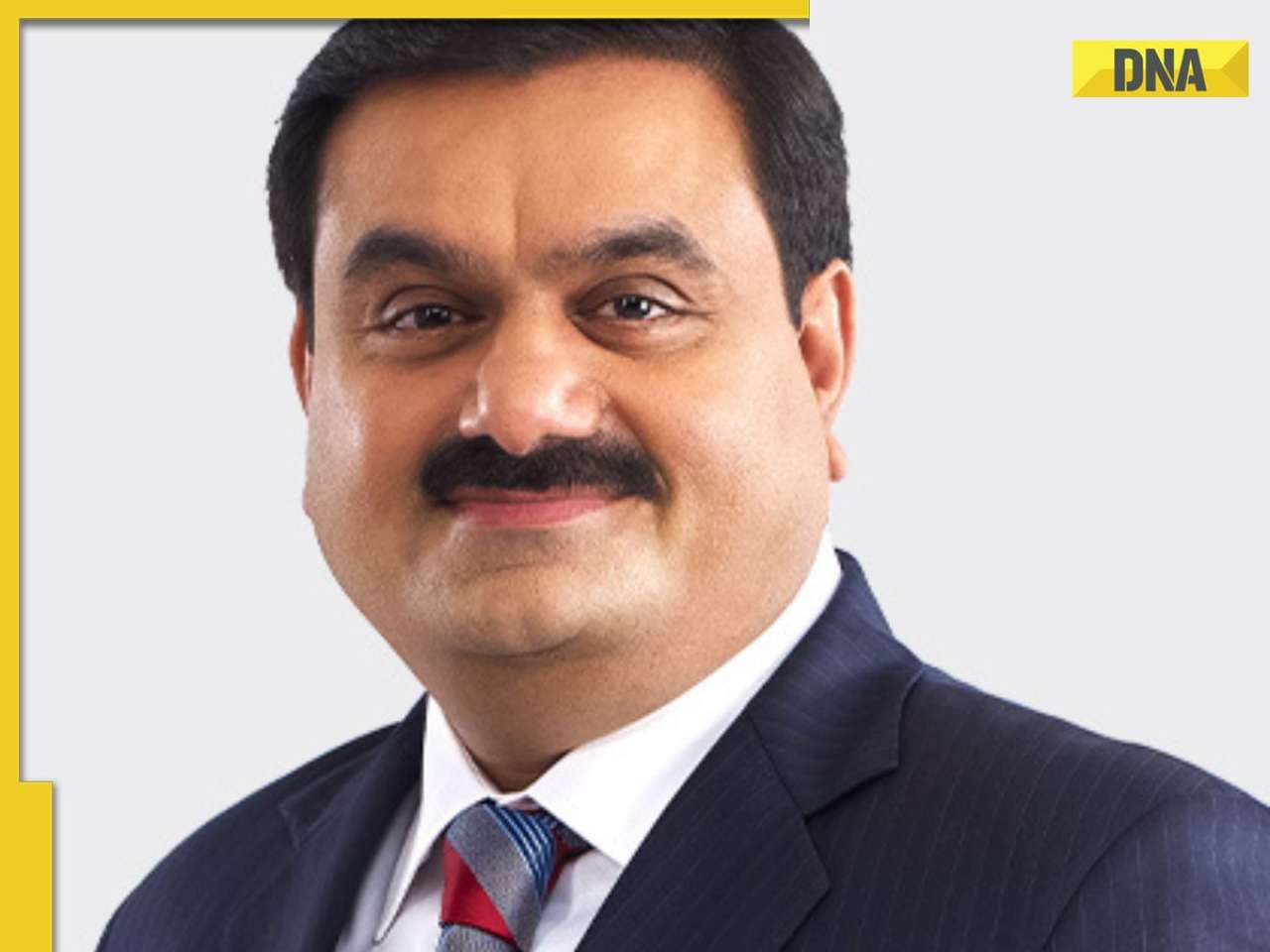









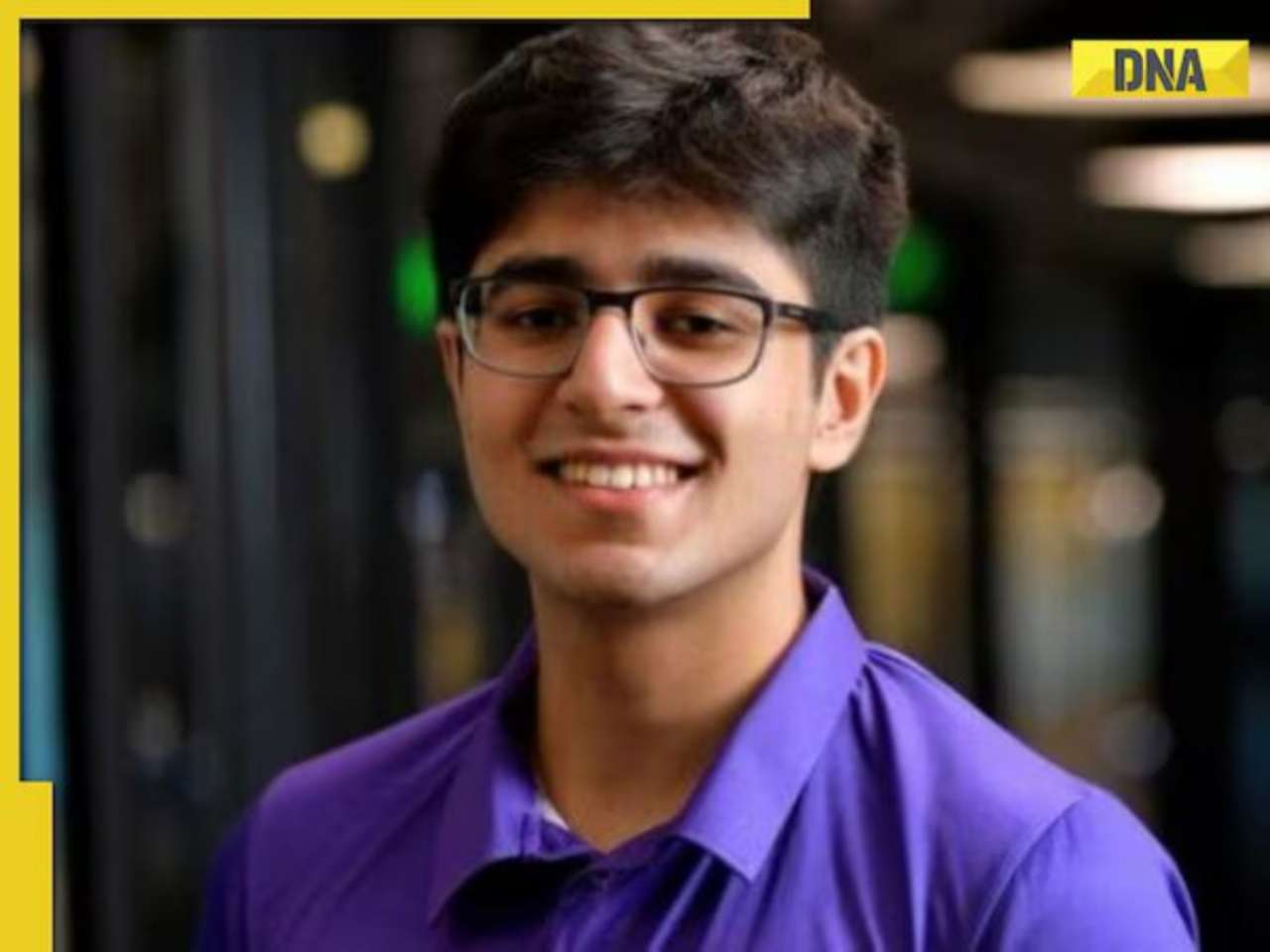






)
)
)
)
)
)